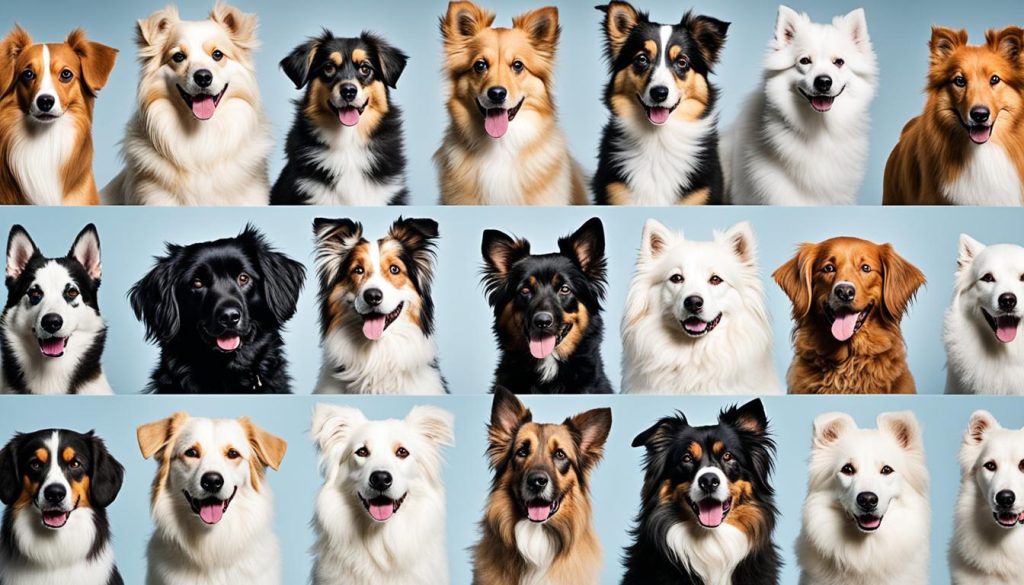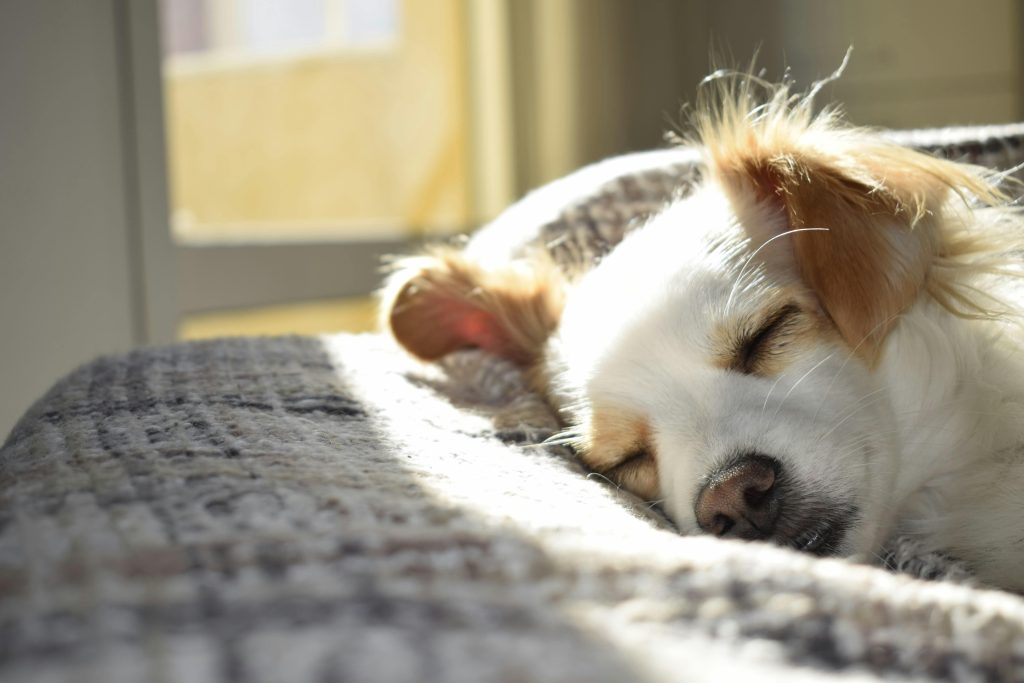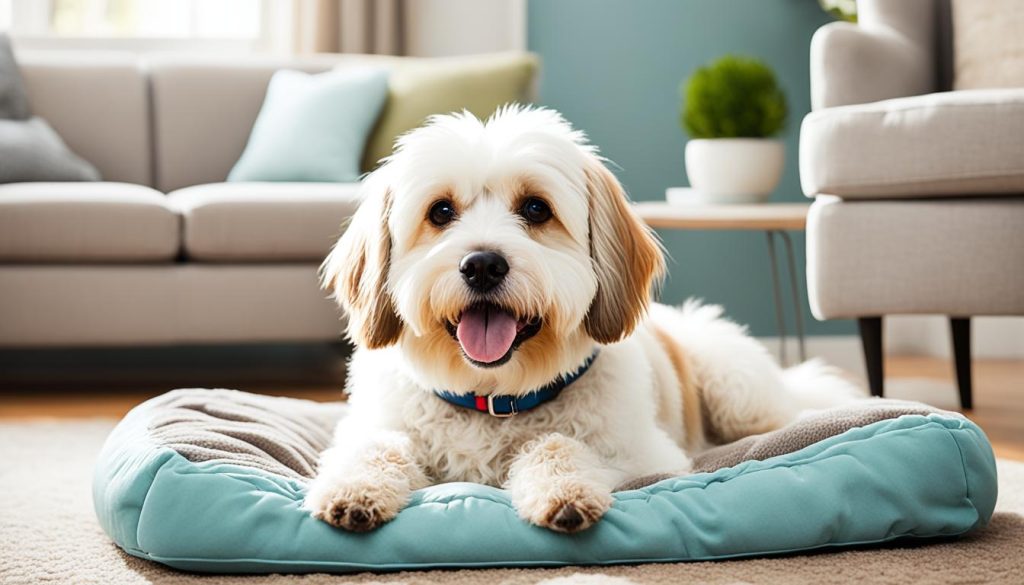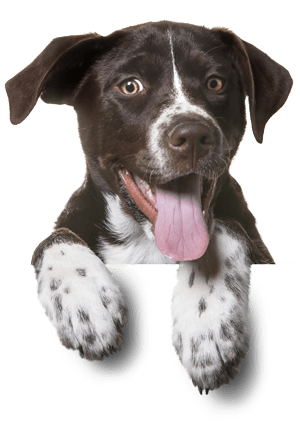Watching your dog play ball in the summer or curl up in winter, you see their coat working like armor. It’s not just a part of their look; it’s vital for playtime and staying warm. Knowing how to groom your dog is more than making them look good. It’s about showing them you care. With different types of fur, from waves to sleek, it’s important to use specific grooming techniques. This keeps them looking great and feeling their best.
Breed-specific grooming means knowing what a Husky’s double coat needs differs from a Yorkie’s single coat. It’s about figuring out the best way to care for each coat type. This might mean learning at-home grooming tips or choosing professional grooming. Each grooming session helps protect their fur. It’s also a sign of how much you love and take care of your dog.
Using the right tools for grooming tells a story of love. Soft brushes for sensitive skin and strong combs for tangles – each tool is chosen with care. Grooming changes with the seasons for your dog. A trim in summer keeps them cool, while extra brushing in winter helps them stay warm. Their coat is a sign of their natural ability to adapt, and your grooming helps them stay healthy.
Key Takeaways
- Identify and cater to your dog’s unique coat type for a healthy grooming routine.
- Understand the difference between single and double coats to tackle shedding effectively.
- Utilize the right grooming tools and techniques to protect and enhance your dog’s fur texture.
- Consider breed-specific grooming practices to address the distinct needs of each canine fur type.
- Stay informed on seasonal grooming needs to keep your dog comfortable and healthy year-round.
The Importance of Recognizing Different Dog Coat Types
It’s key to know the different dog coat types for proper grooming. Managing shedding or seasonal needs becomes easier. This knowledge boosts how well you take care of your pet.

The Anatomy of Canine Fur: Hair vs. Fur Discussion
First, let’s talk about ‘hair’ versus ‘fur’ on dogs. ‘Hair’ is a single-layer coat that grows longer before shedding. This means less cleaning in your house.
‘Fur’ has a shorter, denser layer that sheds more. You’ll need to groom dogs with ‘fur’ more often to manage this.
The Functional Role of Your Dog’s Coat
A dog’s coat is about more than its looks. It protects their skin and regulates their temperature. This is important for their health, no matter the season.
Allergy Considerations for Different Coat Types
If someone in your home has allergies, coat types matter a lot. Denser fur can release more allergens. You can reduce this by grooming well to control shedding.
Grooming Techniques for Short-Coated Dogs
Being a pet owner means you need to know how to groom your dog’s coat. Tailoring grooming techniques is key, especially for short-coated dogs. Their fur is sleek and close to their body. While it looks easy, it does need some care.
First off, use a curry brush a few times a week. This will help reduce shedding. It also spreads natural oils across the coat. This makes the fur shine and keeps it healthy.
Bathing is also important, just not too often. It keeps their skin and coat clean. This is crucial for their overall health.

Practice these at-home grooming tips regularly. This keeps your dog’s coat looking good. Professional grooming isn’t needed all the time. But, following these tips helps keep your dog happy and healthy.
Even if your dog has a short coat, breed-specific grooming matters. Adapt their grooming routine to what’s best for them.
Having the right coat maintenance tools is a big help. They’re not only great for grooming. They also make taking care of your pet easier.
Consistency is key in maintaining the luster and health of your dog’s coat. Make grooming a rewarding experience for both you and your pet!
Optimal Grooming for Dogs with Medium-Length Coats
Dogs with medium-length fur need special care. Their coats look great but are prone to matting. Regular grooming keeps them healthy and looking good.
Tools Tailored for Medium Coats: Brushes and Combs
The right coat maintenance tools are key. Bristle and slicker brushes are great for medium fur. Use them alternately to keep the coat shiny and healthy.
- Bristle brushes for general smoothing
- Slicker brushes to handle tangles and matting
Shedding Management for Medium Coats: Frequency of Grooming
You should groom medium-coated dogs regularly to manage shedding. Breeds like the Siberian Husky need daily brushing when they shed a lot. This helps keep them comfortable and their coat in good shape.
Remember, a well-groomed dog is a happy dog. Regular maintenance helps spot potential skin issues early and keeps your dog looking their best!
Maintaining Long-Coated Canines
Having a dog with a beautiful long coat means a lot of grooming. This is especially true for breeds like Afghan Hounds, Shih Tzus, and Yorkshire Terriers. They need regular care to prevent mats and tangles that can hurt their skin. Using the right grooming methods is key to keeping their coats shiny, healthy, and free of knots.
Challenges of Grooming Long Hair Breeds
These dogs come with a unique set of challenges. You have to work hard to keep their coats from tangling and shedding too much. Patience and the right grooming tools, like wide-toothed combs and soft slicker brushes, are a must. Starting at the end of the hair and moving towards the body helps prevent tangles and reduces grooming time.
Professional Grooming vs. At-Home Care for Long Coats
There are times when professional groomers are needed, despite your daily efforts. They have the skills and tools for breed-specific grooming. They can trim the coat evenly and spot skin issues early. However, your work doesn’t stop there. Regular brushing, cleanliness, and appropriate grooming at home are also vital. Mixing professional services with your care routine will keep your dog happy, healthy, and looking gorgeous.


